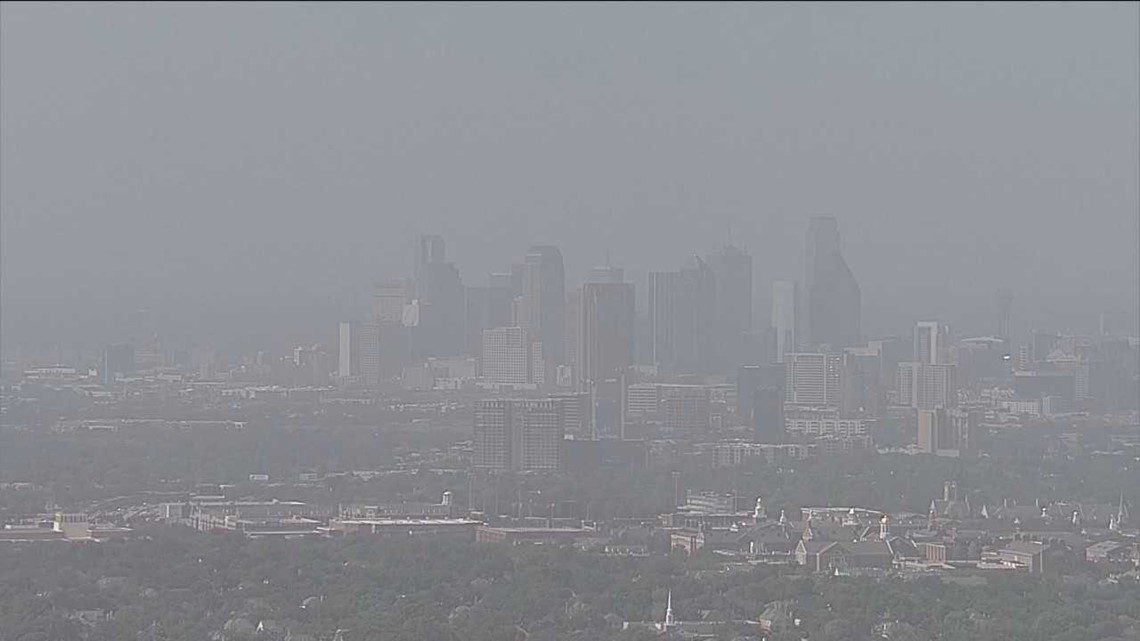Noticed a haze in the sky over the past couple of days? Don’t worry; it’s not your imagination. Saharan dust has invaded North Texas this week, and it is not unusual to see it this time of year.
Saharan dust plumes travel across the Atlantic and into North Texas a few times each summer and early fall, according to National Weather Service meteorologist Tom Bradshaw.
During the warm months, winds at higher elevations run from North Africa across the Atlantic, and depending on the weather in the U.S., those currents can move through the Gulf of Mexico into Texas.
Winds across the Sahara pick up desert sand, and those elevated currents pick up the dust and move it thousands of miles across the Atlantic.
The winds follow a similar pattern as the ones we see during hurricanes, when upper-level easterly winds (winds that blow East to West) move storm systems into the gulf.
So, how much of that dust moves down to the surface level? Not much, according to Bradshaw.
“I’d say most of it stays in the middle levels of the atmosphere,” Bradshaw said.
While most of the dust remains trapped, any particles that reach the ground can have some effect.
In 2020, The American Lung Association reported on one of these Saharan dust storms, and spokesperson Dr. Meredith McCormack warned of some of the effects of increased dust.
“Increases of dust of any kind can provoke symptoms; things such as coughing, shortness of breath, or sometimes sneezing as the nose tries to clear particles out of the air,” Dr. McCormack explained.
Again, this influx is not expected to bring much dust to the surface, but it is important to note that those with underlying conditions such as COPD or asthma should be aware of the potential increase.
A potential positive consequence of Saharan dust can be fertilized soil. The plumes are rich in the element phosphorus, a nutrient needed for plant growth and development, according to UNT Geosciences Professor Alexandra Ponette-Gonzalez.
Many ecosystems in the U.S. have a shortage of phosphorus, and Ponette-Gonzalez compared Saharan dust to an “atmospheric fertilizer.”
Though only a small amount of dust reaches the ground, she said it is enough to positively affect the soil.
Not only does the phosphorus need to be dissolved in water for plants to use, but she also points out that not all Saharan phosphorus will go to use in our soil.
“The same way that some forms of water are available to humans (like freshwater) while others we can’t drink (like salt water),” Ponette-Gonzalez added. “There are forms of phosphorus that are “available” and usable by plants.”
The current stream of dust has been moving in all week, but Bradshaw says some models show “peak dust” to occur sometime Wednesday or Thursday.






